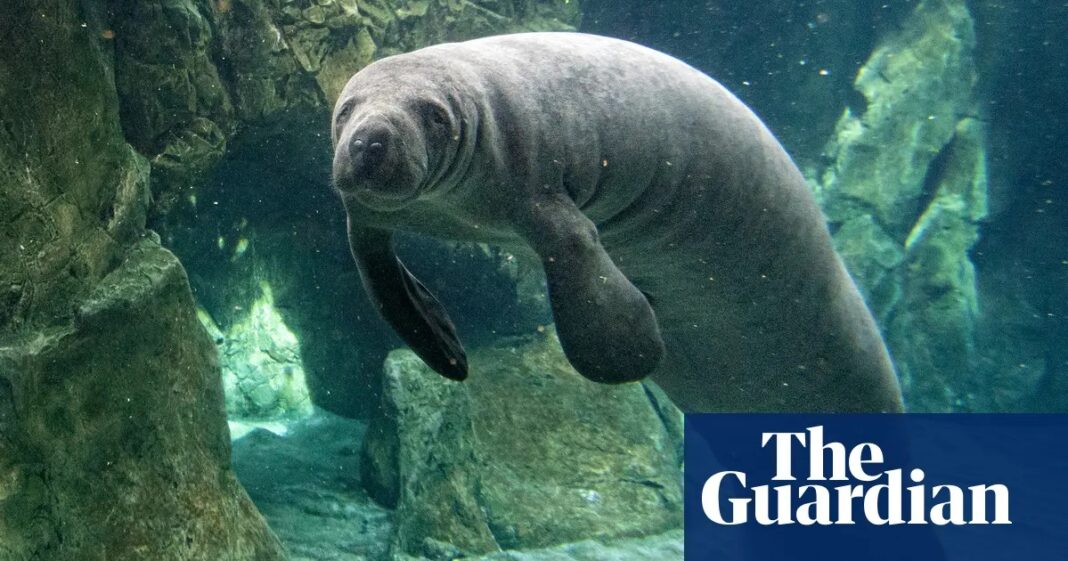Iida Turpeinen’s debut novel, “Beasts of the Sea,” offers a haunting exploration of loss and the human impact on the natural world. The story begins with a chilling historical fact: in 1741, naturalist Georg Wilhelm Steller encountered the colossal Steller’s sea cow – a gentle giant nine feet long – on an island between Alaska and Russia. Just thirty years later, through relentless hunting, this remarkable creature was driven to extinction.
A Woven Tapestry of Lives
Turpeinen doesn’t dwell solely on the sea cow’s fate, but rather weaves a compelling narrative connecting a series of historical figures whose lives intersect with the creature, now existing only in fragmented bones. These individuals include Hampus Furuhjelm, the governor of Alaska, desperately seeking a complete skeleton; his sister, Constance, finding solace and intellectual freedom in her taxidermy collection; Hilda Olson, a scientific illustrator; and John Grönvall, an expert in reconstructing birds’ eggs, tasked with preparing the sea cow’s remains for exhibition.
Recurring Threads of Ambition and Dismissal
Beyond the tangible connection to the sea cow’s extinction, the characters share common struggles. Both Steller and Olson yearn to be remembered through scientific naming, though Steller’s desire manifests in the acquisition of specimens while Olson’s work is confined to the gentler realm of illustration. Moreover, the novel subtly highlights the gendered obstacles faced by both women – Constance and Olson – whose intellects and contributions are often dismissed simply because of their sex. Woven throughout the narrative is a growing awareness of the possibility of extinction, and the unsettling realization that human actions can be its cause.
A Hypnotic Narrative with Room for Depth
Turpeinen’s writing style is fluid and engaging, using a continuous present tense to seamlessly move between characters and drawing the reader effortlessly forward. She accurately portrays emotional complexities, such as Steller’s frustration with his colleagues and his desire for recognition. The result is an undeniably captivating read, earning the novel widespread acclaim in Finland, and for good reason.
Lingering Questions and Untapped Potential
However, the novel’s relentless forward momentum, while compelling, occasionally sacrifices depth. The section focused on Hampus and his wife Anna feels somewhat disjointed, and their connection to the central narrative isn’t always clear. While the sea cow’s bones act as a binding thread, other characters seem preoccupied with matters beyond its shadow. Similarly, the treatment of Hilda Olson feels hurried, and key ideas—the ethical implications of scientific collection and humanity’s tendency to justify destruction through the guise of progress—linger without achieving full articulation. It’s akin to being on a brisk gallery tour, where time constraints prevent a truly immersive experience.
A Beautiful, Thought-Provoking Reflection
Ultimately, “Beasts of the Sea” is a beautifully written and undeniably good novel—interesting, thought-provoking, and deeply moving. Yet, it leaves the reader with a lingering sense that the story could have gone even deeper. Like Steller, eager to understand the sea cow, the reader finds themself wanting to linger, to penetrate the surface and explore the intricacies of this poignant story. The novel serves as a powerful reminder of the fragility of life and the enduring consequences of human actions. It’s a book about loss, memory, and the responsibility that comes with our understanding of the natural world.


























